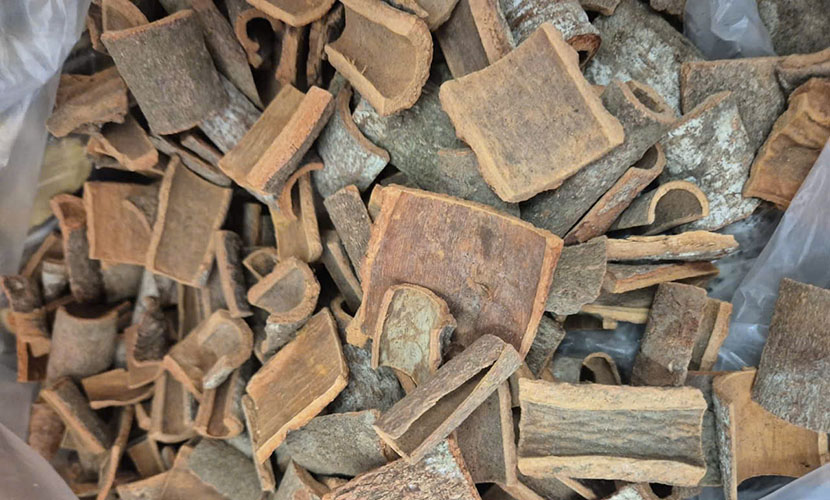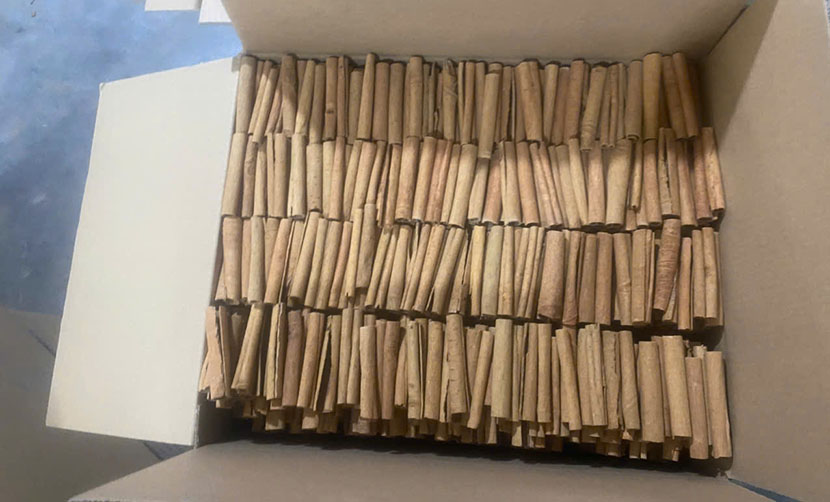
Vietnamese cinnamon exports are undergoing a significant transformation. They not only solidify its position on the global stage but also open up promising new strategic directions. However, they face a number of formidable challenges.
In July, Vietnamese cinnamon exports reached 10,373 tons, generating revenue of $26.2 million. Compared to the same period in 2024, the export volume increased by 5.1%.

Vietnamese cinnamon exports: square cut
The markets for Vietnamese cinnamon exports are currently quite diverse, ranging from Asia, American countries to EU countries. Among them, India continues to be Vietnam’s largest consumer market.
In the first seven months, the country exported a total of 73,080 tons of cinnamon, earning $187.5 million. Compared to the same period last year, export volume grew by 34.9%, while export value rose by 21.6%.
This growth is driven by Vietnam’s standing as the world’s third-largest cinnamon producer. However, Vietnam is the world’s leading cinnamon exporter. Currently, Vietnam has about 180,000 hectares of cinnamon plantations, with bark reserves estimated at around one million tons. These plantations span in the northern mountainous provinces and the North Central region.

Vietnamese cinnamon cigar
For many years, dried cinnamon has not only been a familiar spice but has also been a vital medicinal ingredient. Notably, demand for cinnamon in developed countries is growing rapidly. Especially, cinnamon skin is an important material in functional foods, cosmetics, and pharmaceuticals. As a result, it creates substantial opportunities for Vietnamese spice enterprises to increase the value of their products.
However, according to experts, the Vietnamese cinnamon industry is facing several major strategic challenges. A large portion of Vietnamese cinnamon is still exported in raw form, with low value. In the meanwhile, other competitors like China and Sri Lanka, who have invested significantly in deep processing and comprehensive supply chain development.

Broken cinnamon from Vietnam
Moreover, importing markets are increasingly imposing stricter requirements regarding traceability, organic certification, technical standards, and food safety. This forces Vietnam’s businesses of spice exports to invest more heavily in raw material zones, processing technologies, and quality control.
In response to these challenges, many domestic enterprises have begun shifting toward sustainable development. Also, they have actively been partnering with farmers to build organic material zones and applying international production standards. This is a necessary path to enhance competitiveness and increase export value in the medium and long term.
Vietnamese source: https://doanhnghieptiepthi.vn/xuat-khau-que-dat-kim-ngach-gan-188-trieu-usd-trong-7-thang-161250816101344727.htm
